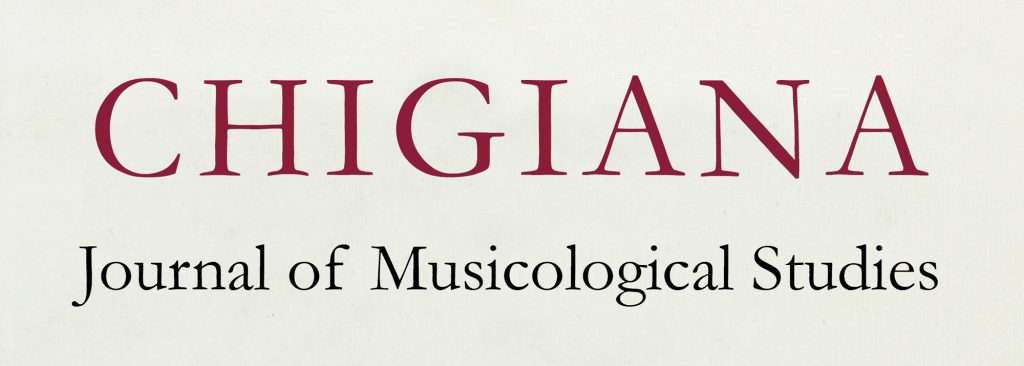
Marica Coppola (Università “Sapienza” di Roma)
The first violin schools of the Accademia Musicale Chigiana
Stories of performers and communities from 1932 to today
The Master School of Music in Siena was founded in 1932 by Count Guido Chigi Saracini himself, with the advice of some musician friends. From the foundation of this prestigious institution of musical excellence, which was highly innovative in the Italian context of the time, the first violin school was born. It was directed by Arrigo Serato and supported by Piero Baglioni and his son Vittorio, a conductor and composer. Beginning with Serato’s school (1932-48) and ending in the late 1960s with Franco Gulli’s first violin course, this study examines the performer models, artistic relationships and repertoires that were initially developed within the communities of violinists in the Chigiana. These elements had a significant impact on the international musical landscape in the second half of the twentieth century. The paper also explores the links between this cultural heritage and the current activities of the Accademia itself.
Le prime scuole violinistiche dell’Accademia Musicale
Storie di interpreti e comunità dal 1932 a oggi
Nel 1932 nasce la Master School of Music di Siena, ideata autonomamente dal Conte Guido Chigi Saracini, ma non senza il consiglio di pochi amici musicisti. Sin dalle origini di questa istituzione di alto perfezionamento musicale, per più aspetti innovativa nel panorama storico dell’Italia dell’epoca, emerse l’operato della prima scuola violinistica, guidata da Arrigo Serato e supportata da Piero Baglioni e suo figlio Vittorio, direttore d’orchestra e compositore. Partendo dalla scuola di Serato (1932-48) fino ad arrivare al termine degli anni Sessanta circa con il primo corso di Franco Gulli, l’intervento indaga modelli di interpreti, relazioni artistiche e repertori che, consolidatisi dapprima entro il contesto delle comunità violinistiche della Chigiana, hanno poi avuto un impatto significativo nello scenario musicale internazionale del secondo Novecento. Il contributo s’interroga inoltre sui legami tra tale eredità culturale e il presente dell’Accademia stessa.
